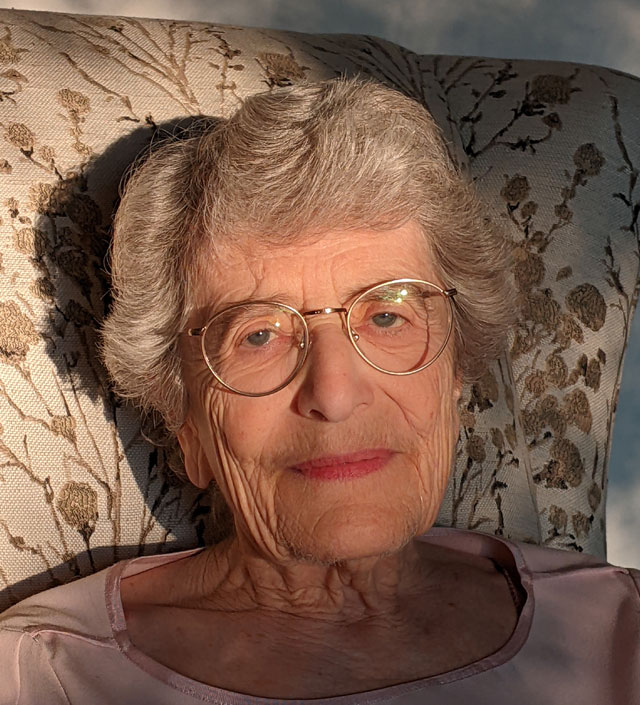Dylan Tyson’s father continued teaching at an age when other educators put down the chalk.
“He spent the better part of his life teaching children that didn’t know how to how to read and bringing them to a spot where that they could read well, and that’s such an empowering thing,” said Tyson, president of retirement strategies with Prudential. “I was always so proud of my dad for being able to do that. When it came time for him to retire, he worked late into his life, and that was enjoying retirement, but he was that kind of person.
But there came a point when the elder Tyson said, “I don’t know whether I can retire. It feels like it’s about time,” his son said.
“The thing that ultimately really settled for him was the ability to know how much income he was going to receive over his lifetime. And just to be able to go through and to say … this is the income that you can have … it took away his worry. He was able to structure it and understand that he was good, he was doing something prudent and that he would be honestly in a place that was better than he lived most of his life,” said Tyson.
But for millions of low-income older Americans facing the rest of their lives in poverty, there is no such reassuring solution.
Tyson relayed his father’s story during Beyond Wages: The Future of Income When We’re Not Working, a session held Nov. 7 during the two-day Century Summit IV at Stanford University.
Corporate and non-profit execs seek a solution
To seek out new solutions to elder poverty, Tyson, the Prudential executive, was paired in discussion with Devon Gray, president of the non-profit organization EPIC, End Poverty in California.
“We have the fourth largest economy,” Gray says of the Golden State, “all the innovative tech companies, all the brightest minds, and yet we have the highest rate of poverty of any state in the country when you take into account cost of living.”
Older adults have been left out of anti-poverty solutions, Gray said.
“The vast majority of our policy wins after the Great Society tend to focus on children and families,” he said, citing initiatives like the child tax credit and WIC, or Special Supplemental Nutrition Program for Women, Infants, and Children.
“There’s real exclusion of people in the last couple of decades of their life, in the post Medicare-Medicaid world,” Gray said, noting that the largest-growing cohort of homeless people in California are senior citizens. By 2030, a fourth of Californians will be above the age of 60, twice the number in 2010, he says.
Additional Reading: Fixing the Broken Retirement System
Lessons from the private sector
Policymakers need to find new solutions for providing income stabilization and support for people who are in the twilight of their lives, Gray said.
“And I think we have a lot to learn from the private sector because y’all figured it out, at least for a pretty significant portion of folks,” he said, addressing Tyson. “And I think as advocates, what we have to do then is think, ‘Okay, what are the lessons that we can learn from the private sector in terms of retirement annuities and the other tools that we have, plus Social Security — which we all recognize is in 2023 pretty insufficient — to be able to find solutions to actually get everyone who’s in the last few decades of their life, above the waterline to be able to survive?’”
Calling the discussion with Tyson a “tremendous opportunity to learn,” Gray said some small-scale anti-poverty test programs are yielding promising results.
Pilot projects in California and elsewhere are providing low-income individuals with guaranteed income, Gray says. That’s a targeted anti-poverty solution distinct from universal basic income, where everyone gets a monthly check no matter how much money they make, he said.
“The problem with poverty is that people don’t have enough money,” he said. “So, the solution is to give them money. And I don’t say that to be glib, but right?”
There was concern that direct-cash-aid recipients would spend the money on things like drugs. alcohol or entertainment, Gray said.
“But people just spent the money in the ways that any of us would. They spend it on groceries and utilities and rent and school supplies for their kids. And that’s been demonstrated across geographies and across different cohorts,” he said
“We’re seeing real examples of this being implemented in small cohorts, but with enough of a sample size in different geographies and different populations that it’s a solution that actually works.”
Pilot program’s surprising success
Gray cited a pilot program in Stockton, Calif., led by Mayor Michael Tubbs, who founded his organization, EPIC. The randomized control trial provided $500 a month to 125 families in low-income zip codes in Stockton over 24 months.
“It was uniformly positive,” Gray said. “People reported better, obviously, more stable income; better health outcomes; lower instances of anxiety and depression. People actually worked more, which was a surprising finding. It makes sense when you think about it, though, because, transportation to get to work is expensive. Childcare is expensive. So having this bump in income enabled people to both seek and maintain work.”
He cited the case of Tomas, a day laborer who couldn’t interview for a better-paying job because that would have resulted in a loss of wages for the day.
“He was able to use his monthly check to supplement his income and now he’s working a better job, working fewer hours at higher pay. He was able to spend more time with his family. So, a really good outcome there. But that story has been mimicked in hundreds of pilots around the country.”
Direct cash-aid programs without “strings attached” — government-imposed work requirements — work best, Gray maintained.
“We can trust people to make the best decisions, and actually, they become easier programs to administer. We’re now spending so many resources, constantly checking in on people to make sure that they’re doing what we think is the responsible thing to do. We can focus more on benefits delivery than fraud prevention or fund misuse, which I think is certainly a feature that we see in most of our welfare programs.”
But how to pay for it?
The problem with such programs is their great expense, Gray conceded.
“How do we do this on scale?” he asked. “It’s not enough to just keep doing pilots. We want to be able to do this more broadly. But there’s a big question about what the pay-for is, because these are not cheap by any means.”
Tyson said the challenge of providing everyone security in old age is a math problem. “And the question is, how do you bring that math together? How can you create a retirement system that has the right positive defaults that put people on to what for most folks is the right design, and then have the ability for people to opt out of that?”
But navigating politics is also a challenge, he said.
“Finding ways to make sure that the political conversation says, how do we take the best of structured income and … combine this with the best of the ideas that want people to be part of the system … how do we find that?” he asked. “How do we find that middle so we can say this is really the country we want to have together?”
In a four-decade career in journalism, Ed Prince has served as an editor with many of New Jersey’s leading newspapers, including the Star-Ledger, Asbury Park Press and Home News Tribune.







